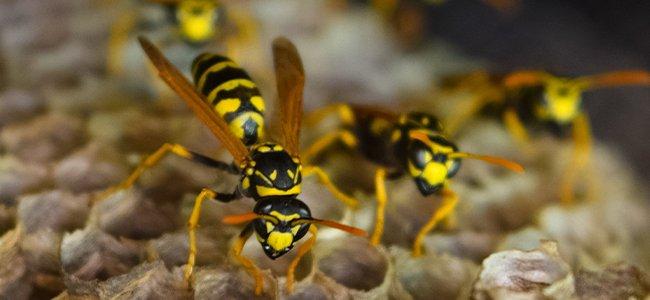
How To Keep Wasps Away From Your Washington D.C. Yard
08/23/2021
Stinging insects are extremely dangerous pests here in Washington D.C. For aggressive varieties such as wasps, home and business owners find themse...
READ MORE >
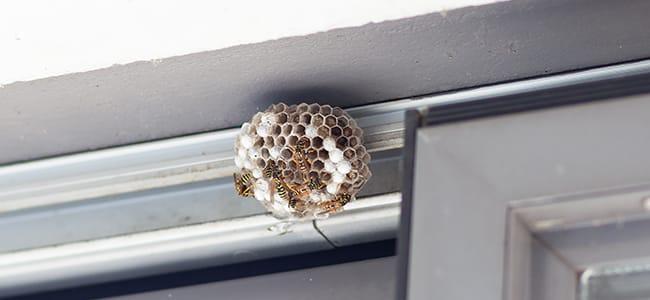
Stinging insects are a menace. According to the U.S. National Library of Medicine, an estimated 10.1 million people visited Emergency Departments for sting injuries and non-canine bites between 2001 and 2010. Insects accounted for 67.5 percent of the injuries. One reason for this high statistic is that many people are allergic to the venom of wasps and hornets, which results in hospitalization. It is never good when wasps or hornets decide to establish a nest in your yard. Here are a few tips to consider for year-round protection from stinging insects.
Most wasps and hornets die when temperatures drop. Only newly hatched queens make it through the winter. During the fall, those newly hatched queens look for a place to hide. If a queen has hidden in a gap, crack or crevice of your home, she is likely to emerge in the spring and to create a nest near your home.
When queens come out of hiding, they begin to look for ideal locations to establish their nests. Knowing where and why they create nests can help you prevent a new nest from being completely formed.
Why is it important to prevent nests from forming in your yard or home? All wasps, even bad-tempered yellow jackets, are less likely to sting when they are away from their nests. When wasps visit your property, you don't have to worry as long as you move away from them without swinging your arms quickly. They perceive fast movement as a threat. That's what it's all about, really. It's about what stinging insects consider to be a threat. Protecting their nests puts them on high alert. It doesn't matter how smoothly and nonthreateningly you try to walk away from a nest, they're going to sting you. A lot. So, it is better to not have nests in your yard.
During the summer months, stinging insects grow their populations. Keep an eye out for wasp or hornet activity around your home and in your yard. If you see wasps going in and out of a hole in the ground or a hole in your home, call a licensed professional to take a look and to remove the nest.
Before temperatures drop, it is a good time seal entry points in your exterior walls and foundation. This will prevent overwintering queens from getting in. Also, take the time to do an inspection of your window and door screens. If you have any damaged screens, get them repaired. Wasps have a habit of getting in through windows in the fall.
At American Pest, we provide protection from stinging insects as a part of our Preferred Care residential pest control plans. If you live in Maryland, DC, or Northern Virginia, connect with us. We'd love the opportunity to talk to you about all of the many benefits that come with having a high-quality pest control plan, not the least of which is nest detection.

08/23/2021
Stinging insects are extremely dangerous pests here in Washington D.C. For aggressive varieties such as wasps, home and business owners find themse...
READ MORE >
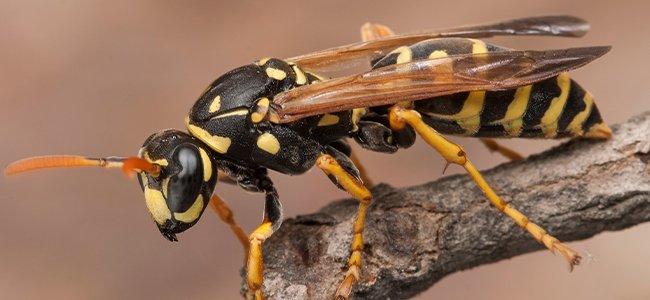
06/27/2021
Some pests are so harmless that you almost feel bad for getting rid of them. Wasps, on the other hand, only cause relief when they’re gone. S...
READ MORE >
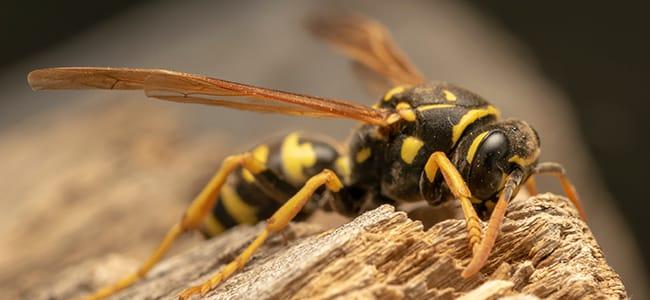
04/09/2021
Keeping your yard a safe and pleasant place to spend time, free of wasps and hornets, doesn’t just happen by itself. It takes thought and act...
READ MORE >
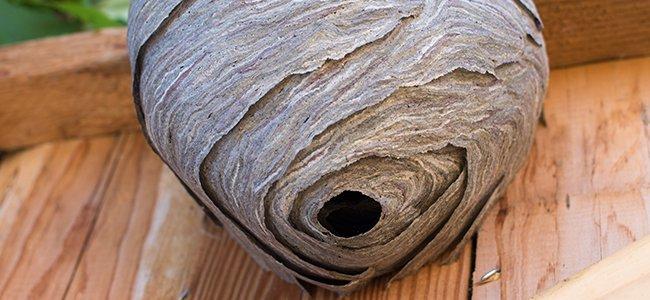
09/30/2020
Spending time in your Maryland yard is one of the best things about living here. Whether you’ve created a backyard oasis or enjoy rocking on ...
READ MORE >

Protect your home and family from nuisance and potentially damaging pests with a Preferred Care home pest control plan. Starting at $49/month

Don't let the bed bugs bite a second longer. Contact American Pest for the most comprehensive bed bug control in the industry. Learn More

Our certified rodent control pros will put an end to your frustration by getting rid of rats and mice inside your home. Learn More

Say goodbye to wood-destroying termites in your home when you contact American Pest for expert termite control. Learn More

Trust American Pest to deliver professional backyard tick control services that are guaranteed to get results. Learn More

Don't spend the warm-weather season indoors, find out how American Pest's professional treatments get rid of mosquitoes. Learn More
Fill out the form and recieve feedback in less than 5 minutes. For immediate service please call.